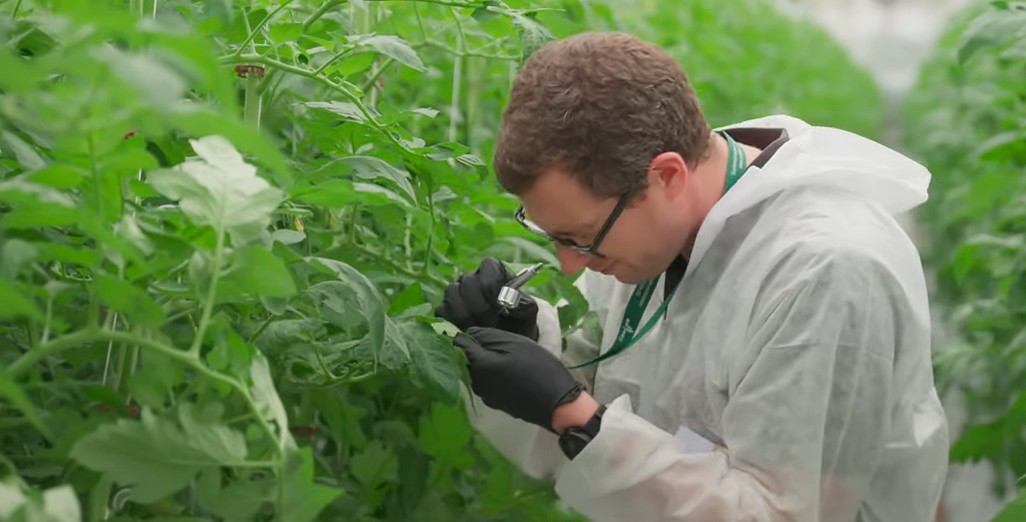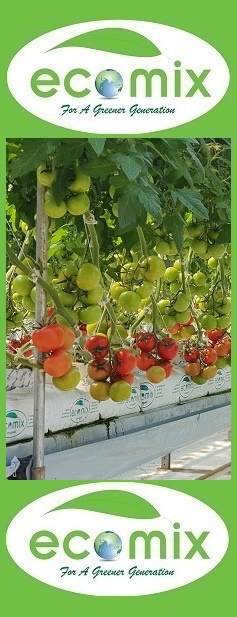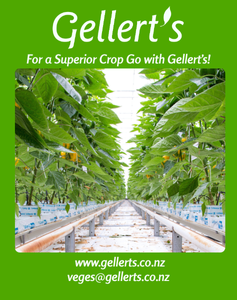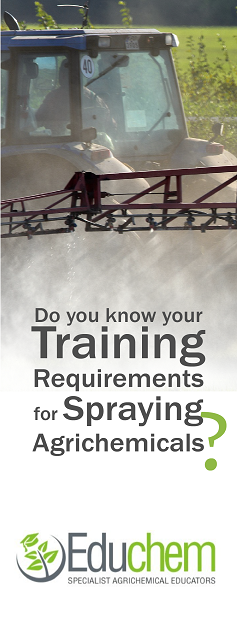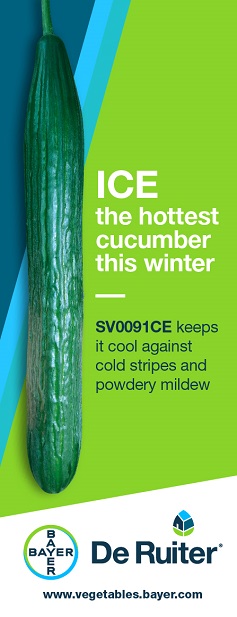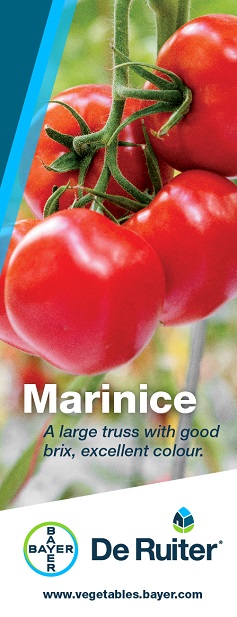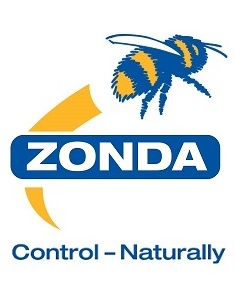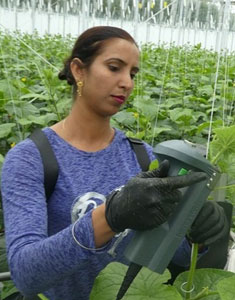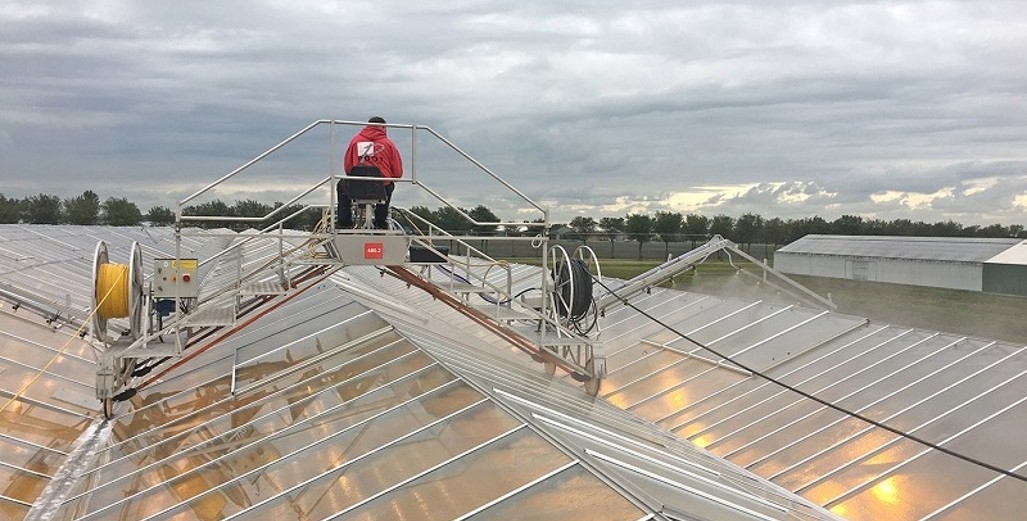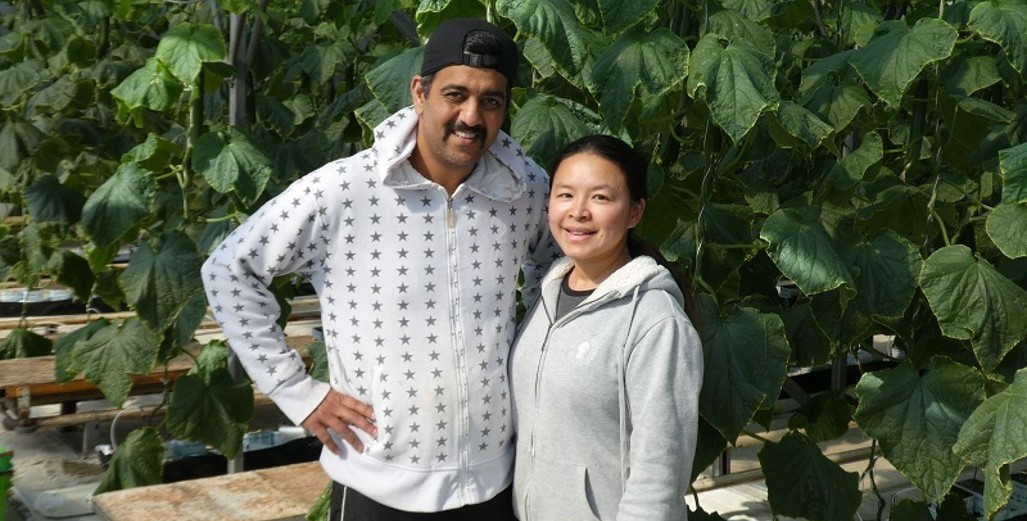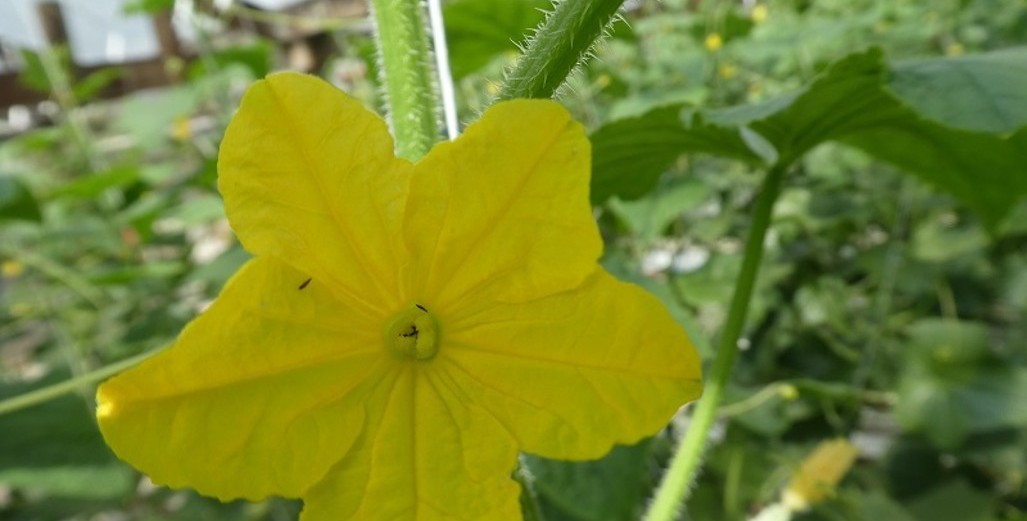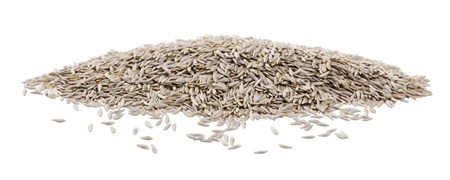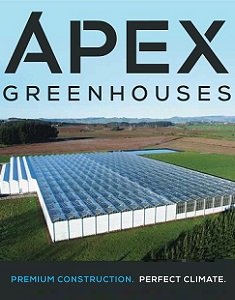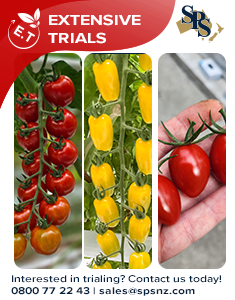Sign up here to subscribe to the Grower2grower Ezine. Every two weeks you will receive new articles, specific to the protected cropping industry, informing you of industry news and events straight to your inbox.
Mar 2022
Medicinal Cannabis
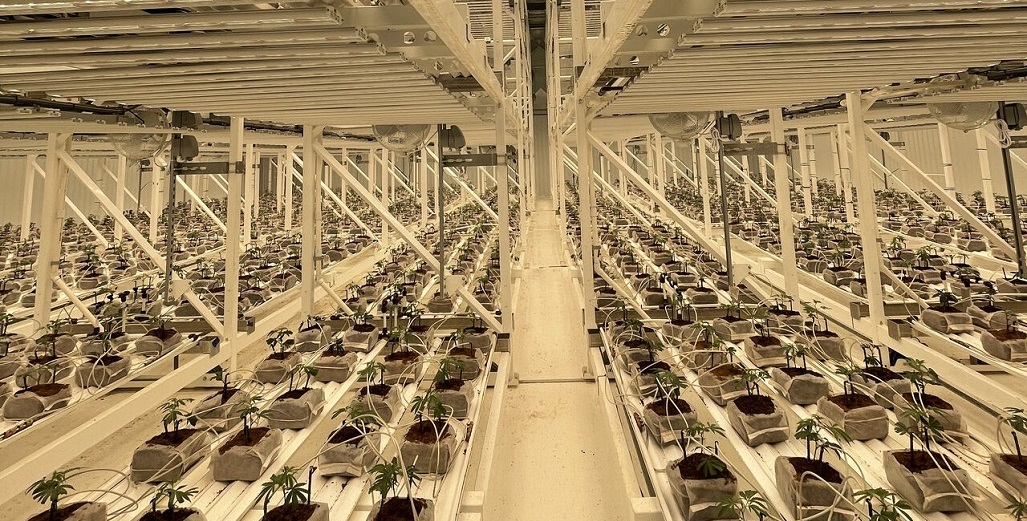
Too many Growing Systems?
In the world of growing tomatoes, cucumbers and capsicums, row widths, plant densities and greenhouse layouts are uniform – in other words we work from the same play book. The Medicinal Cannabis growing systems are anything but similar and from my observations there are multiple growing systems/concepts.
It is quite clear that anyone could grow anything – you could grow a tomato plant in the garden in an old woolie jumper if you really wanted to. I could grow a cannabis plant in a pot in the middle of my garden but when it comes to a commercial reality it comes down to scale, efficiency, technology and returns per m2.
The greenhouse vegetable and flower industries use space wisely and understand the importance of systems that increase productivity and reduce labour. With all of the different cannabis systems there must be a wide range of labour units required. The variation in growing systems may attributed to exceptionally good intentioned entrepreneurs yet ‘non growers’ entering the industry with little knowledge of how to grow in a commercial sense. It is the only explanation I can produce that explains why there is so many growing systems in use. I should say that all these systems will work in some capacity – but how efficiently? This will be an issue for the future.
Similar to the vegetable or flower industry the cannabis industry will one day become a commodity (the sooner the better for patients). Once a hybrid cannabis plant is developed then it will be quite easy to reproduce, a nursery will be able to propagate and then supply growers. Even if a hybrid cannabis plant is far off into the distant future growing from mother stock is not that prohibitive and nurseries will be able to multiple products easily and efficiently – it is not a complicated process.
Once the industry is ‘established’, which I predict will before the end of the decade and product is readily available and affordable, then I will not be surprised to see a standardised growing system. The different cultivars of cannabis will make this differ slightly.
Different systems/concepts:
Factory:
Growing can only take place with full LED or integrated High-Pressure Sodium (HPS) lighting systems. Using benches or row systems and in some cases, benches stacked on top of each other (benches that are stacked may reduce labour efficiencies). These systems require huge energy input for the lighting systems but reduced heating systems. They require good air movement and dehumidification systems. The benefits are security and very few pests to deal with. Air handling systems will still bring air from outside – even if filtered it will still be subject to impurities greenhouse operations may also encounter.
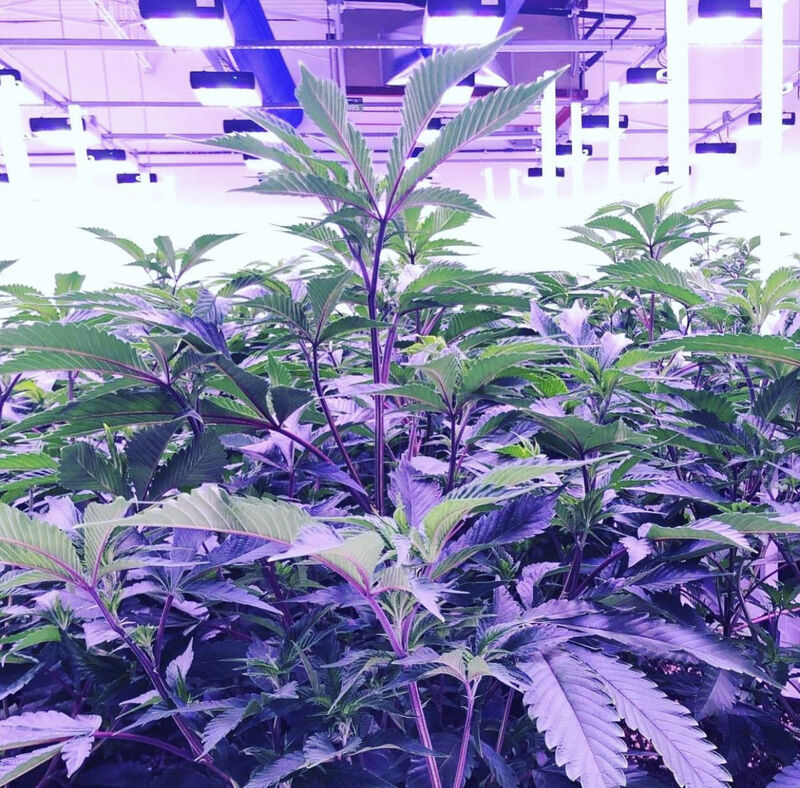
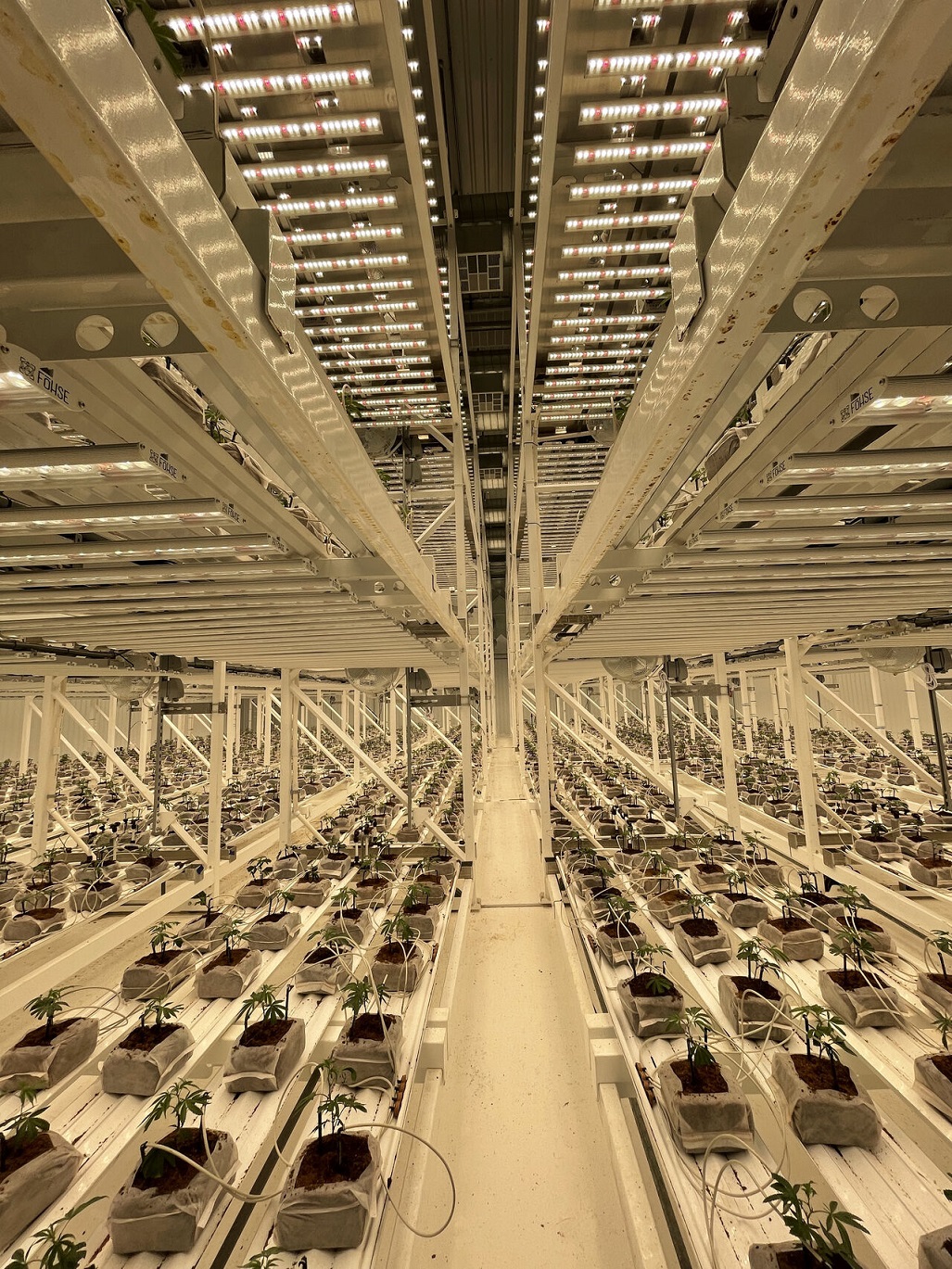
Greenhouse:
Bench and gutter systems are both implemented. To grow multiple crops per year full black out screens are required. To be successful large air handling or dehumidification systems are also required. Heating systems are critical. Insects’ screens will be required. Year-round production requires full LED or integrated HPS light. The huge advantage is the natural light and therefore reduction on energy requirements, but you will potentially have too much light which you will need to deal with.
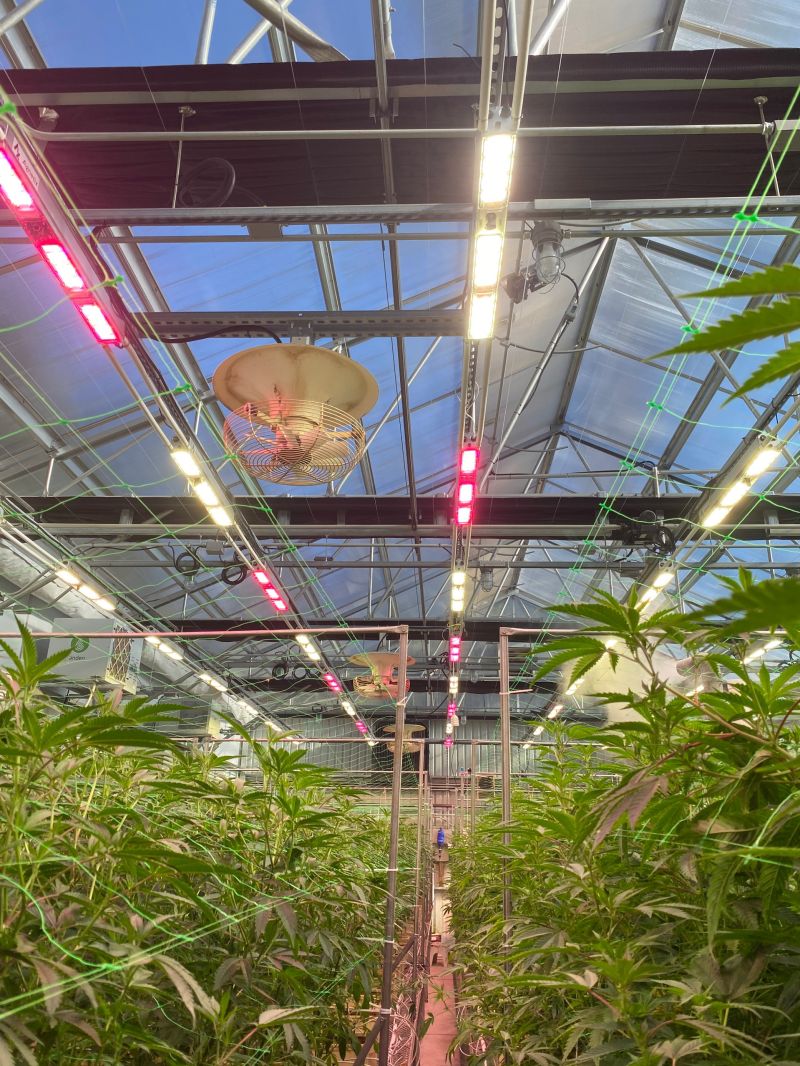
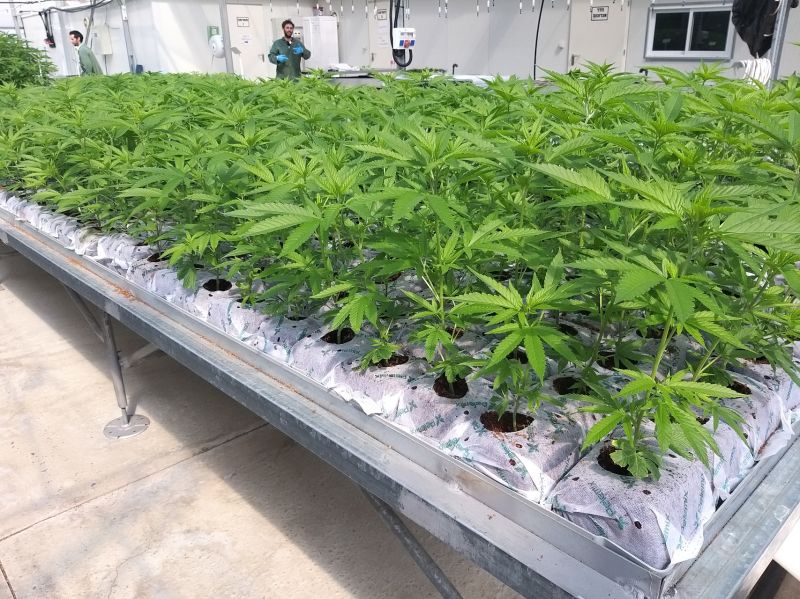
Without having first-hand experience, I would only be speculating what the ‘best system’ is. I am biased as I come from a greenhouse background so it has opened my eyes to alternative methods but what I do believe is there will be a system that eventually will be more efficient and cost effective.
Advice:
There is one company, in particular, I would trust working through these critical details if you are considering growing of Cannabis. They are Cultivators based in the Netherlands. Without good advice you may spend a vast amount of money you do not need to. Advice in this industry is gold dust.
Article written and compiled by Stefan Vogrincic
All Article’s checked and edited by Marie Vogrincic
I appreciate your comments. Please feel free to comment on the grower2grower Facebook page:
https://www.facebook.com/StefanGrower2grower/
Images obtained via My LinkedIn Account
CLASSIFIED
Photo
Gallery
Subscribe to our E-Zine
More
From This Category
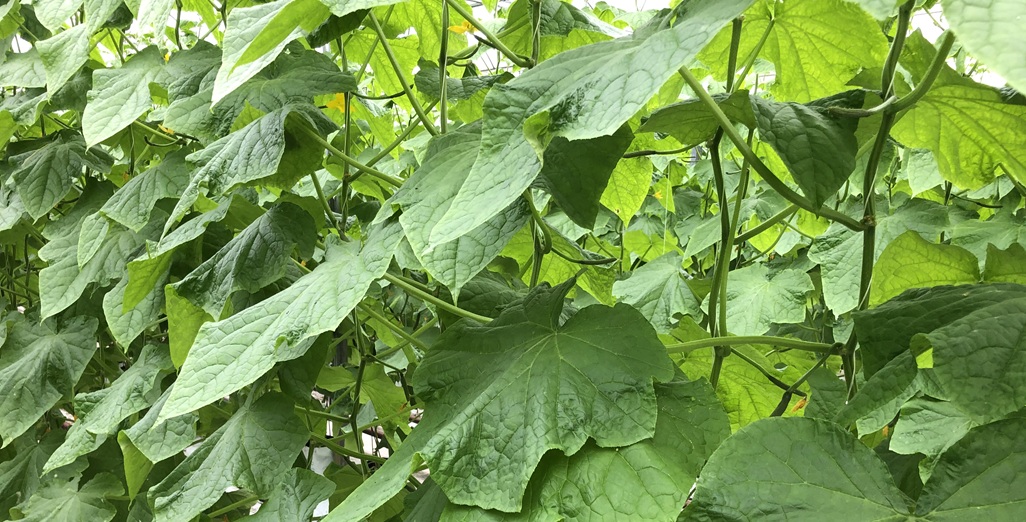
EPA – New reporting and notification requirements are coming in 2026

Skytree, a pioneer in direct air capture (DAC) technology, announces its official market entry into New Zealand.
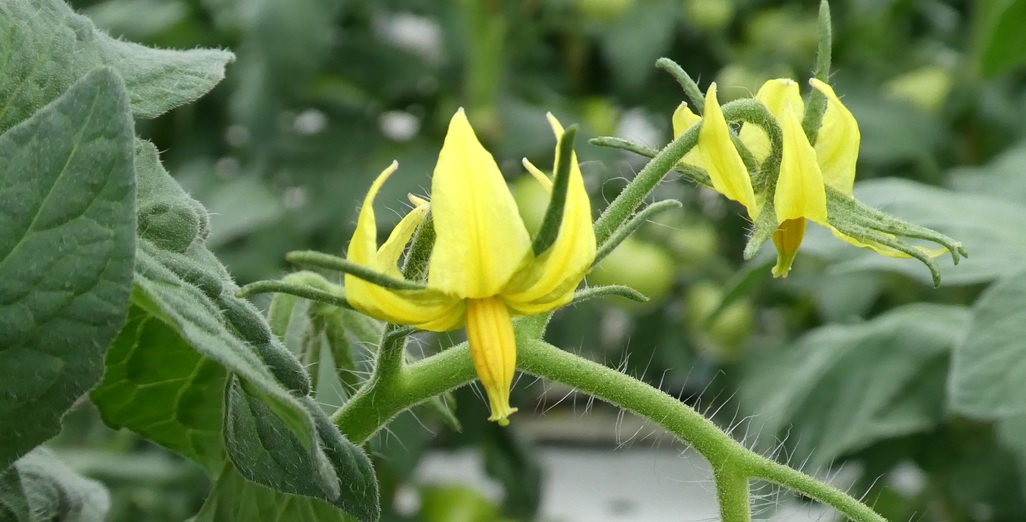
Celebrating 200 Editions of Grower2Grower: A Milestone for Our Growing Community
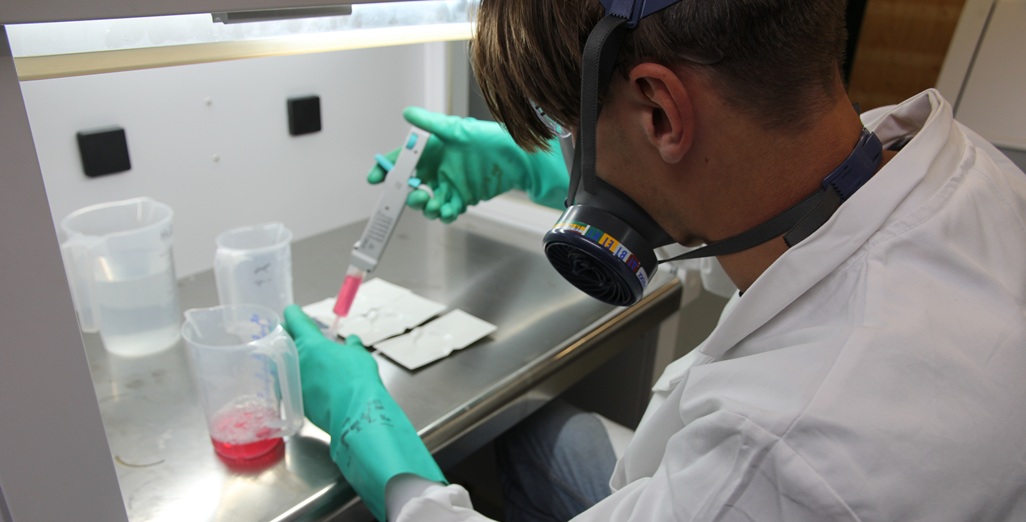
Metazet investigates chemical resistance of cultivation gutters: material choice crucial under stricter cleaning protocols
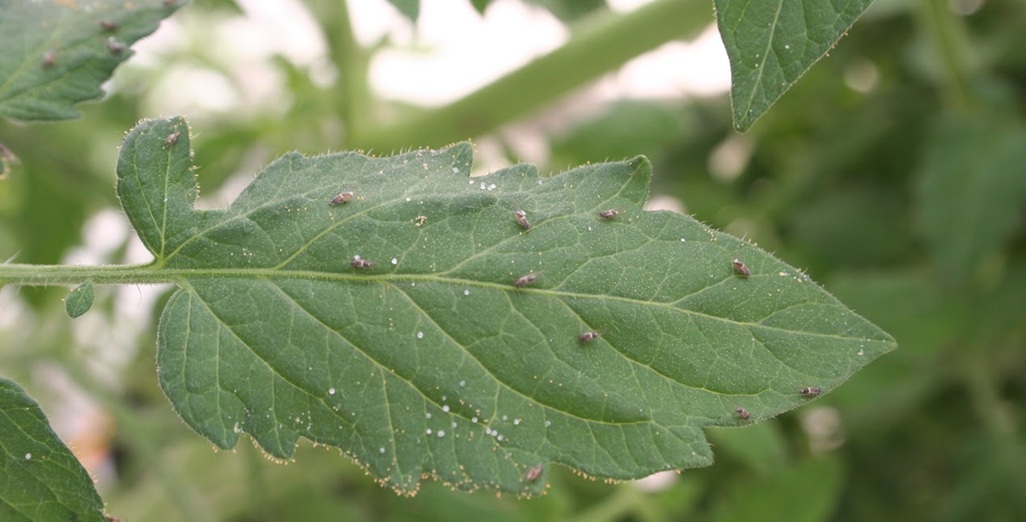
Tomatoes biocontrol focus of new podcast series
